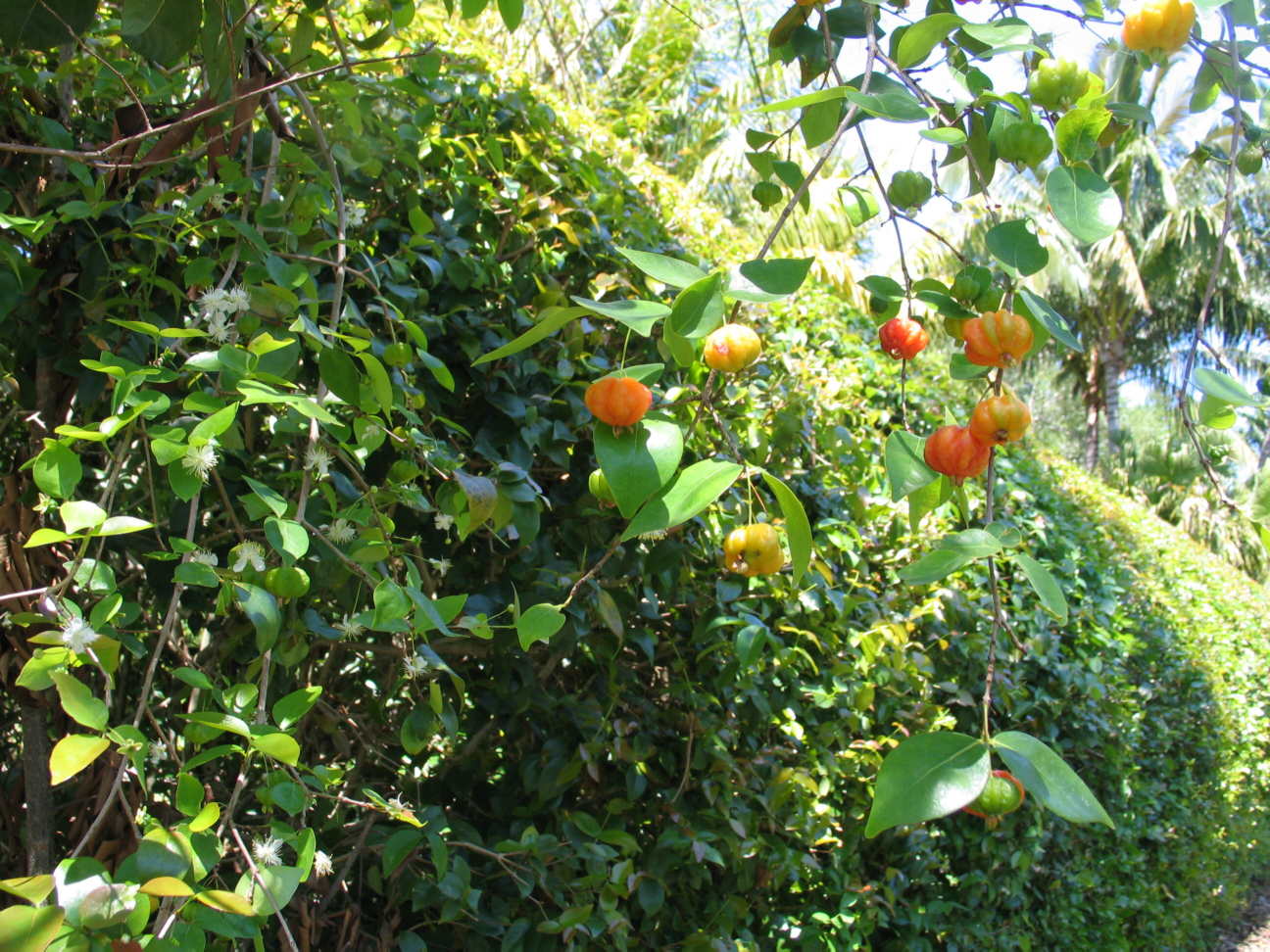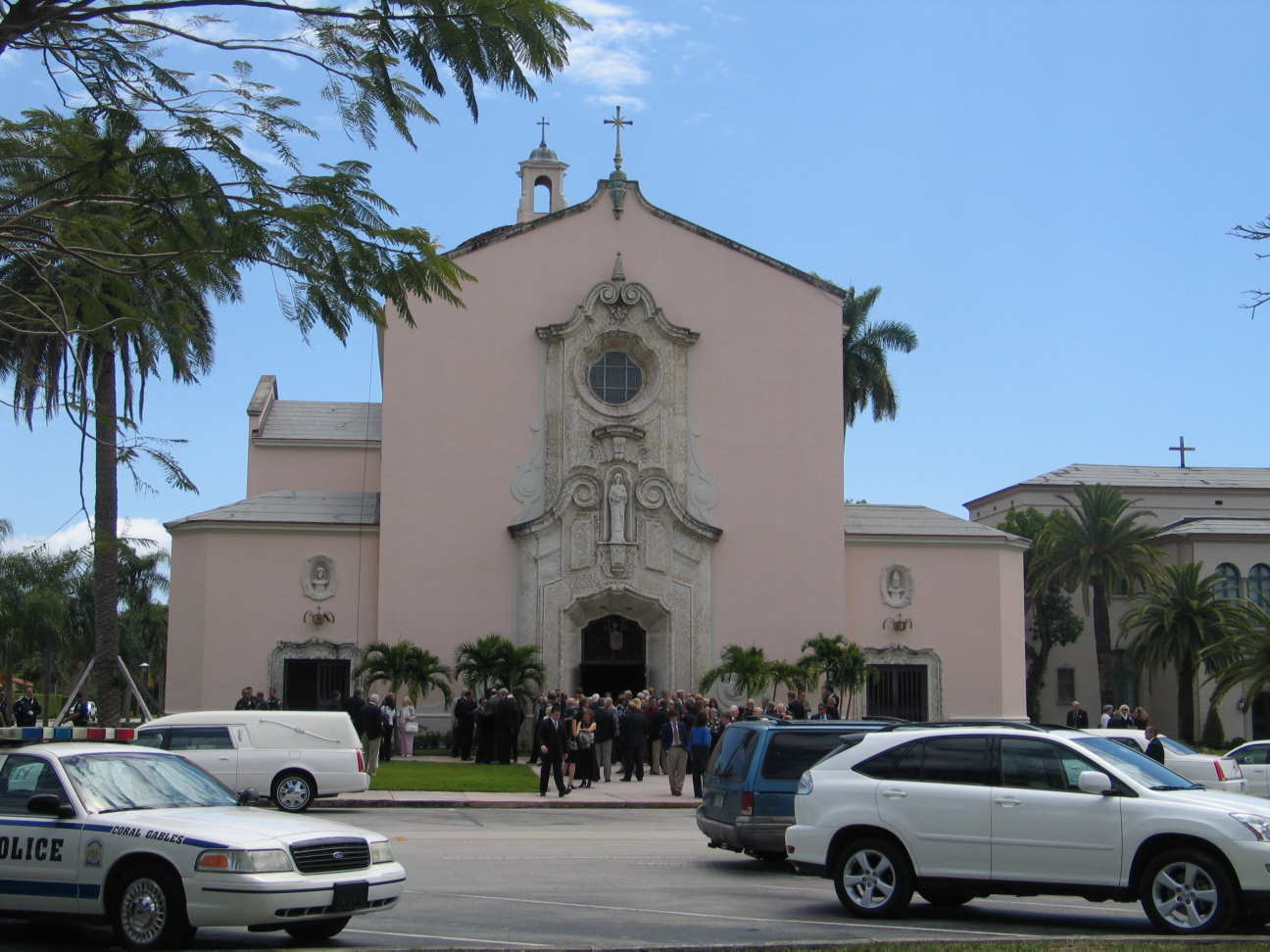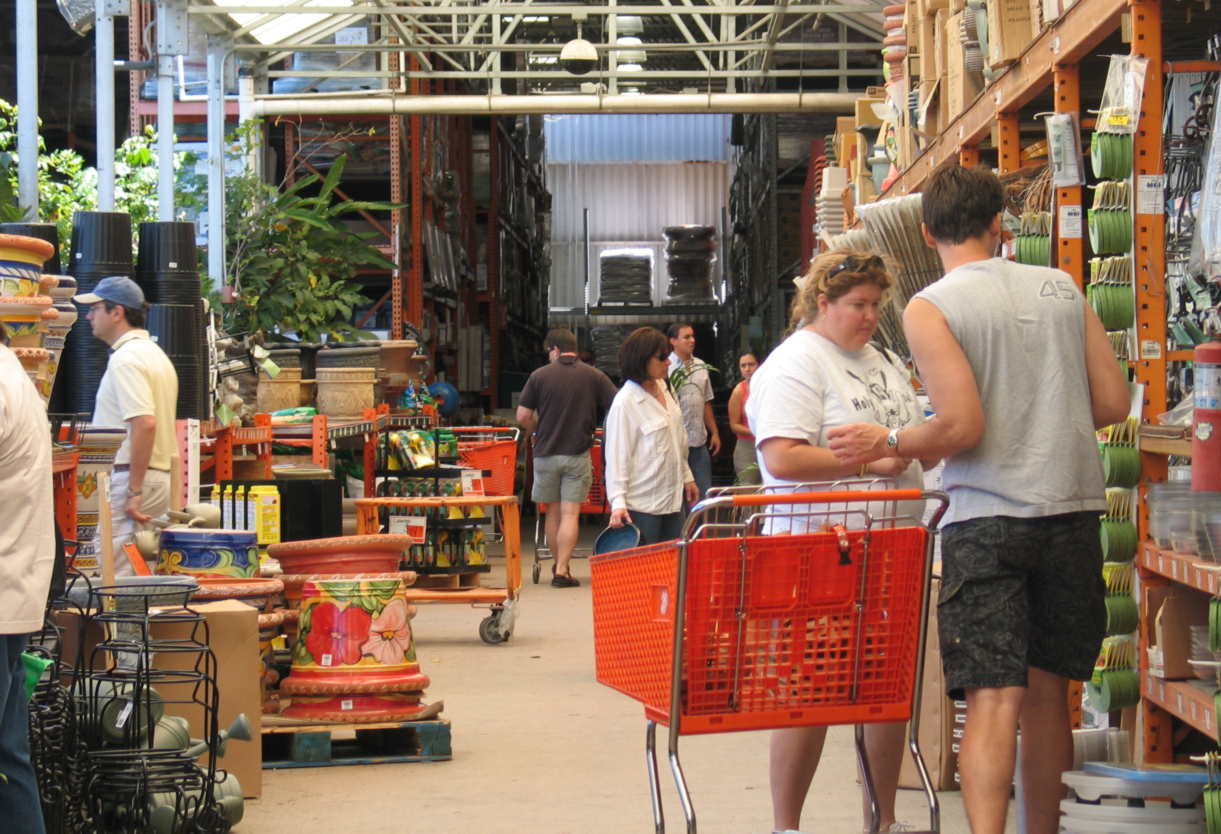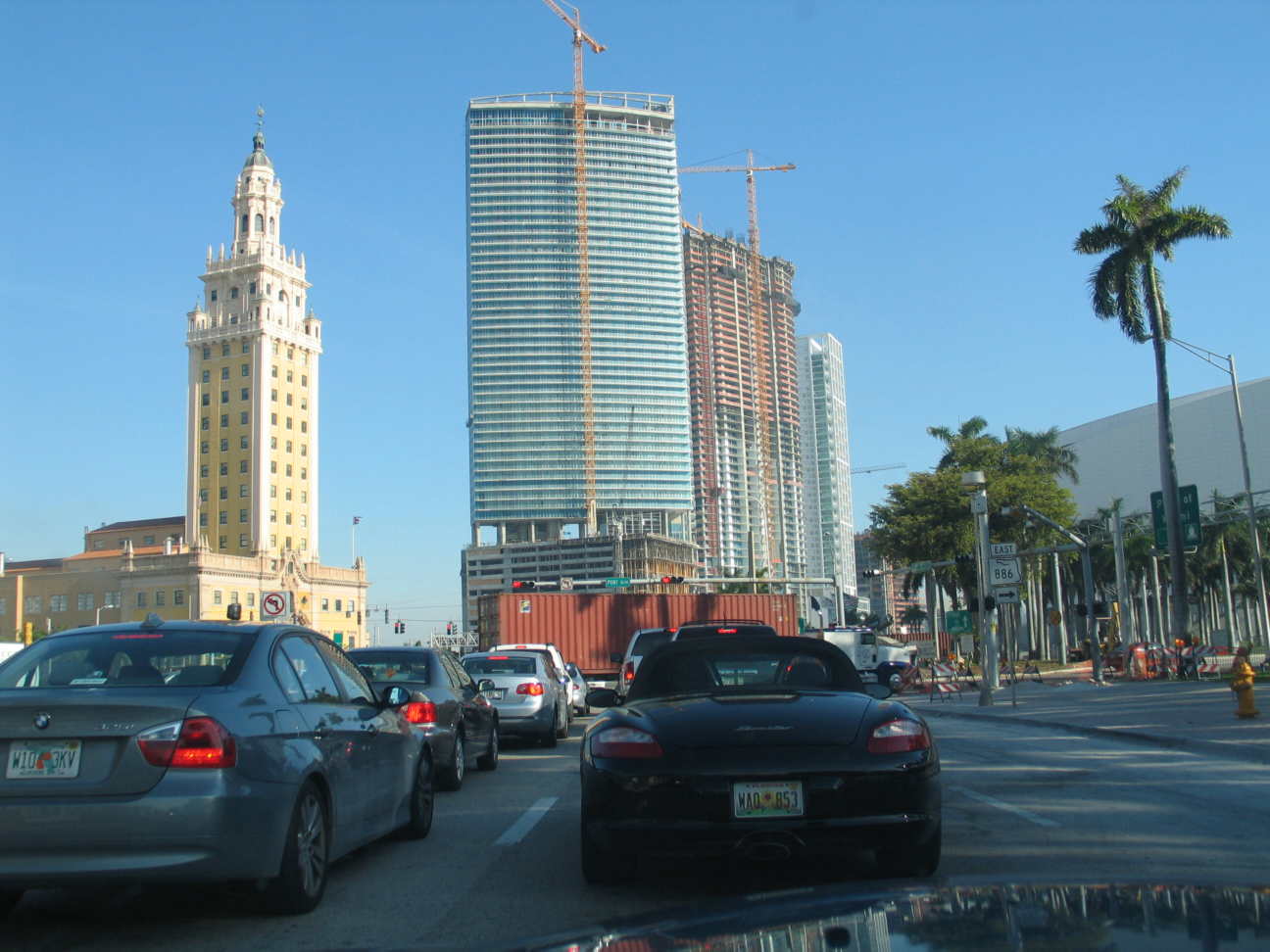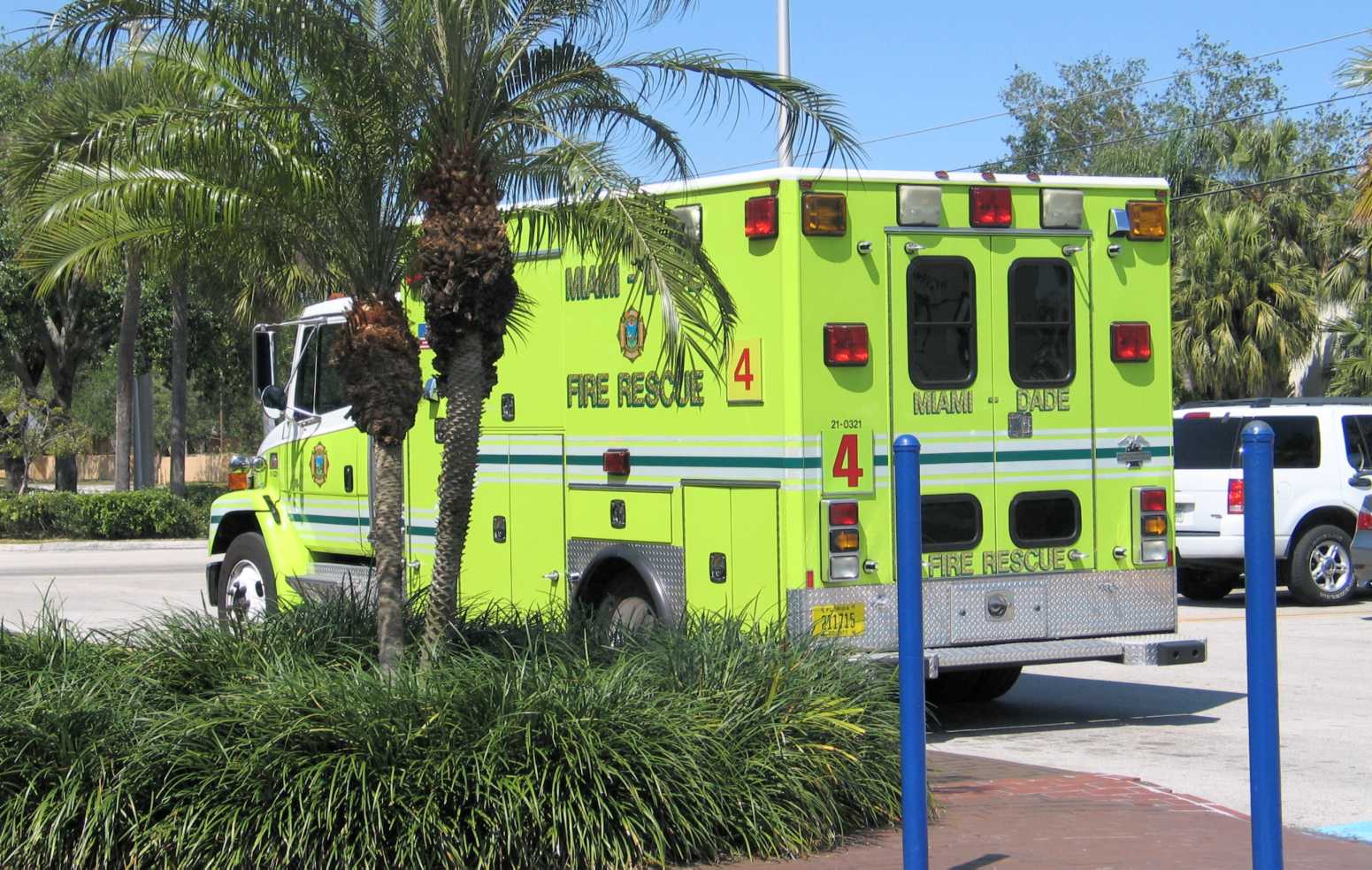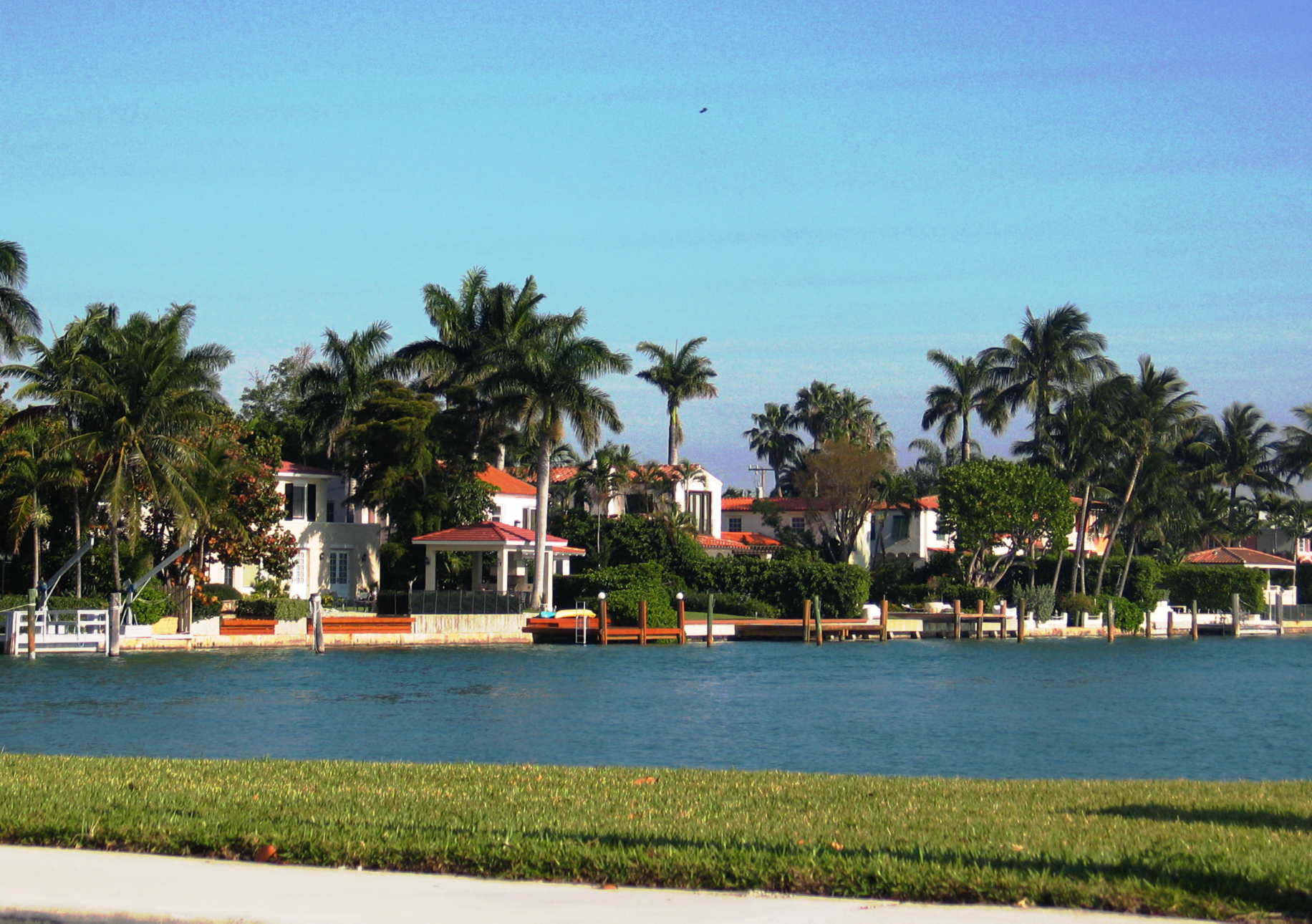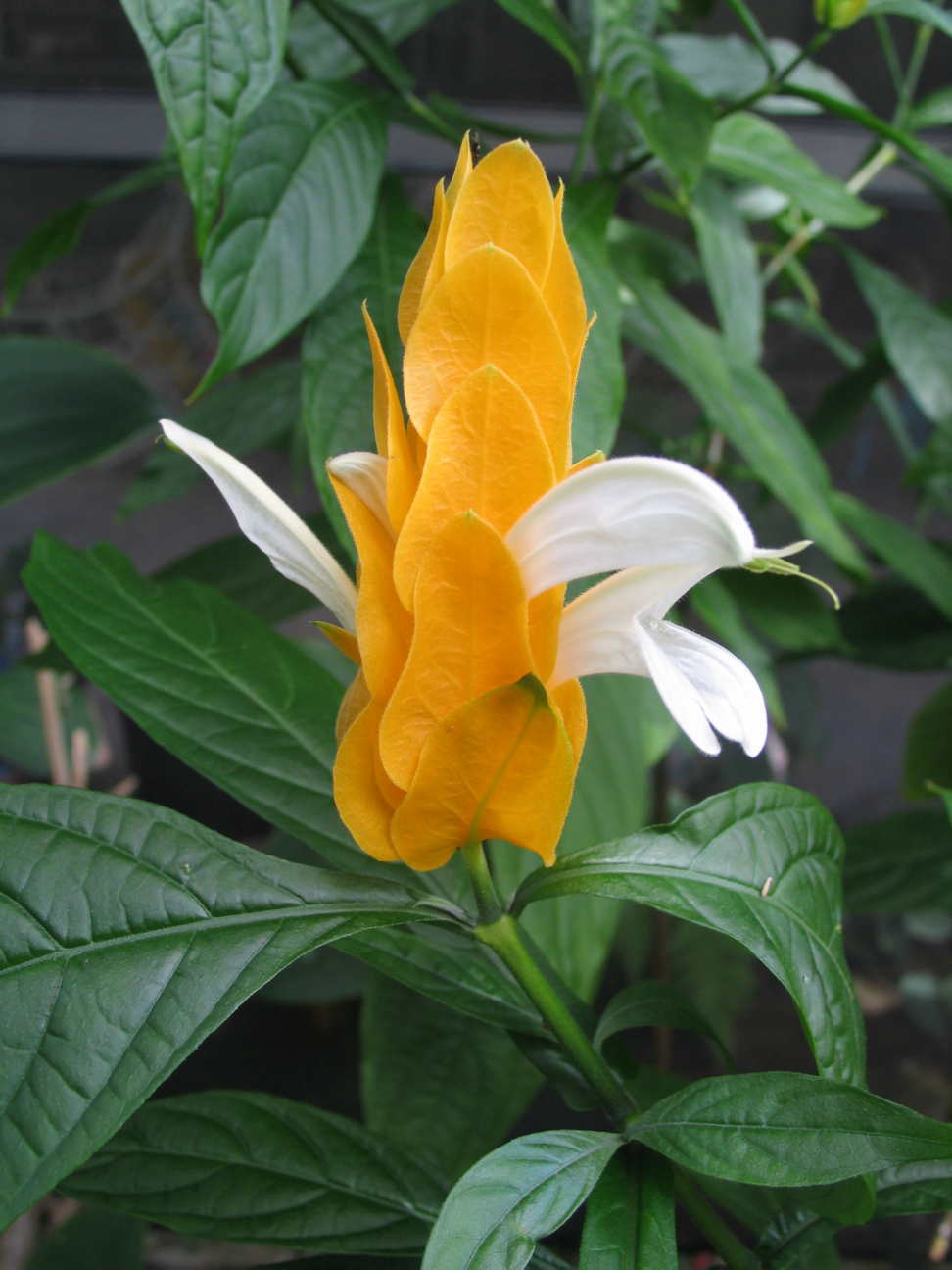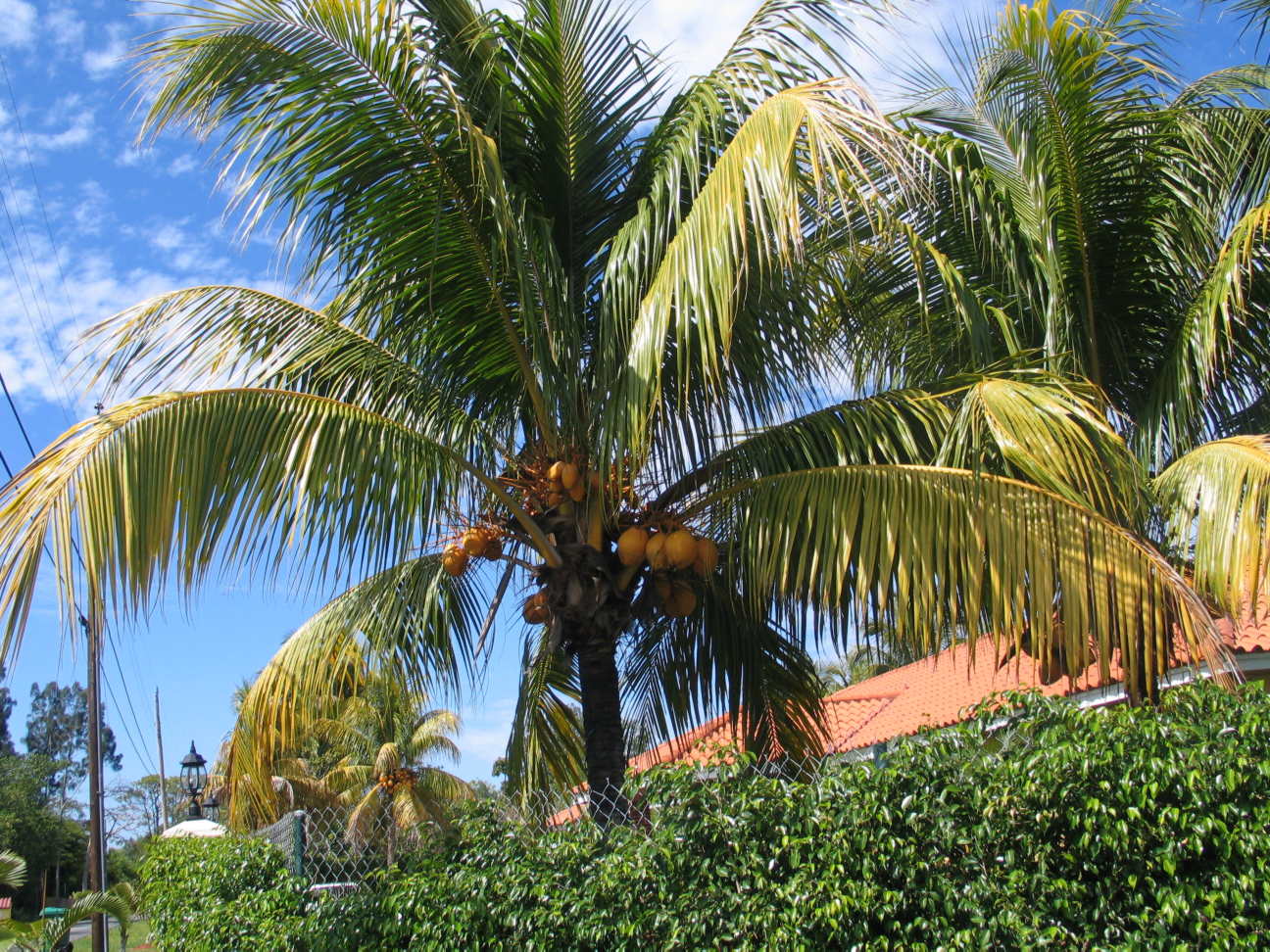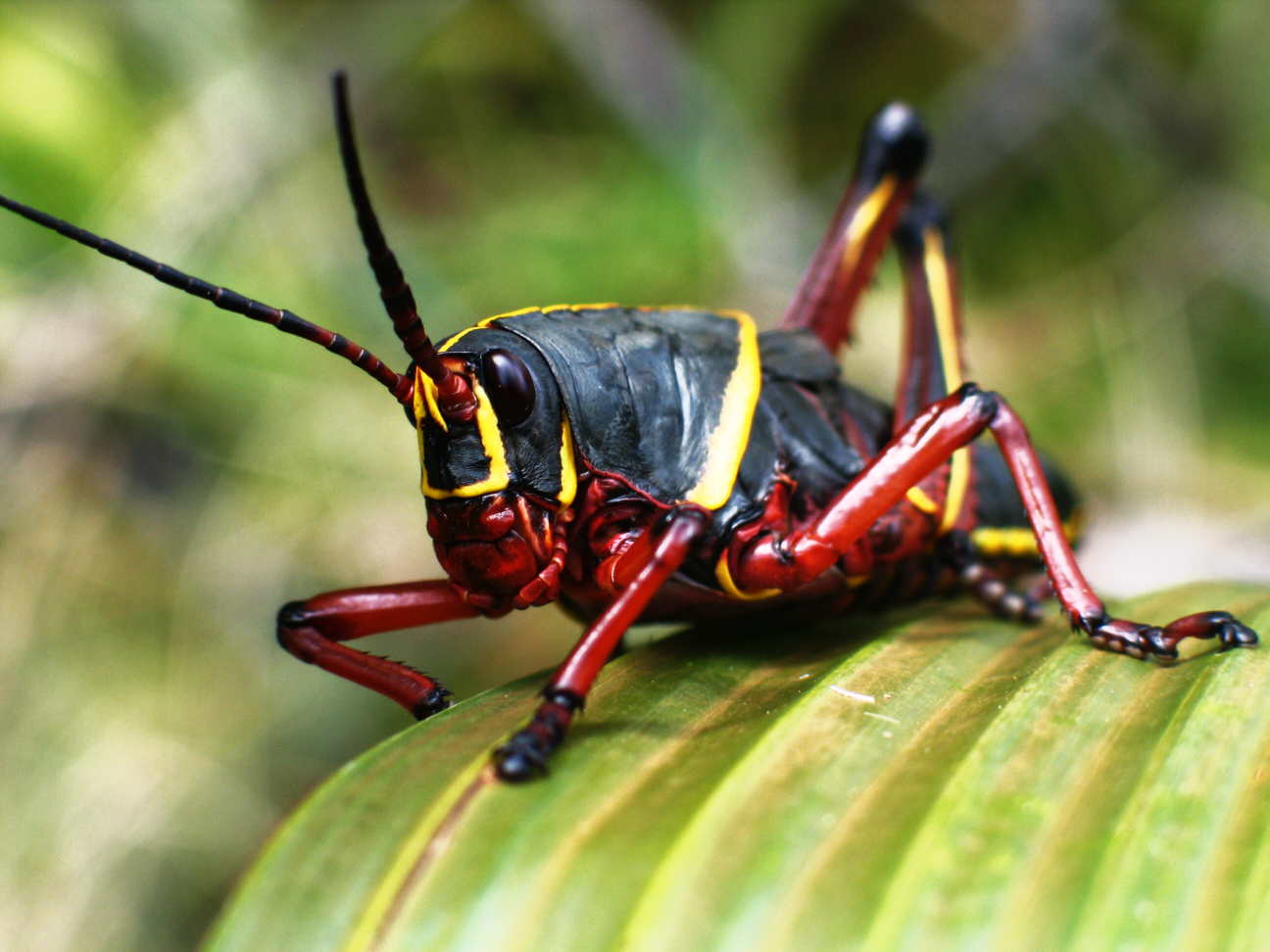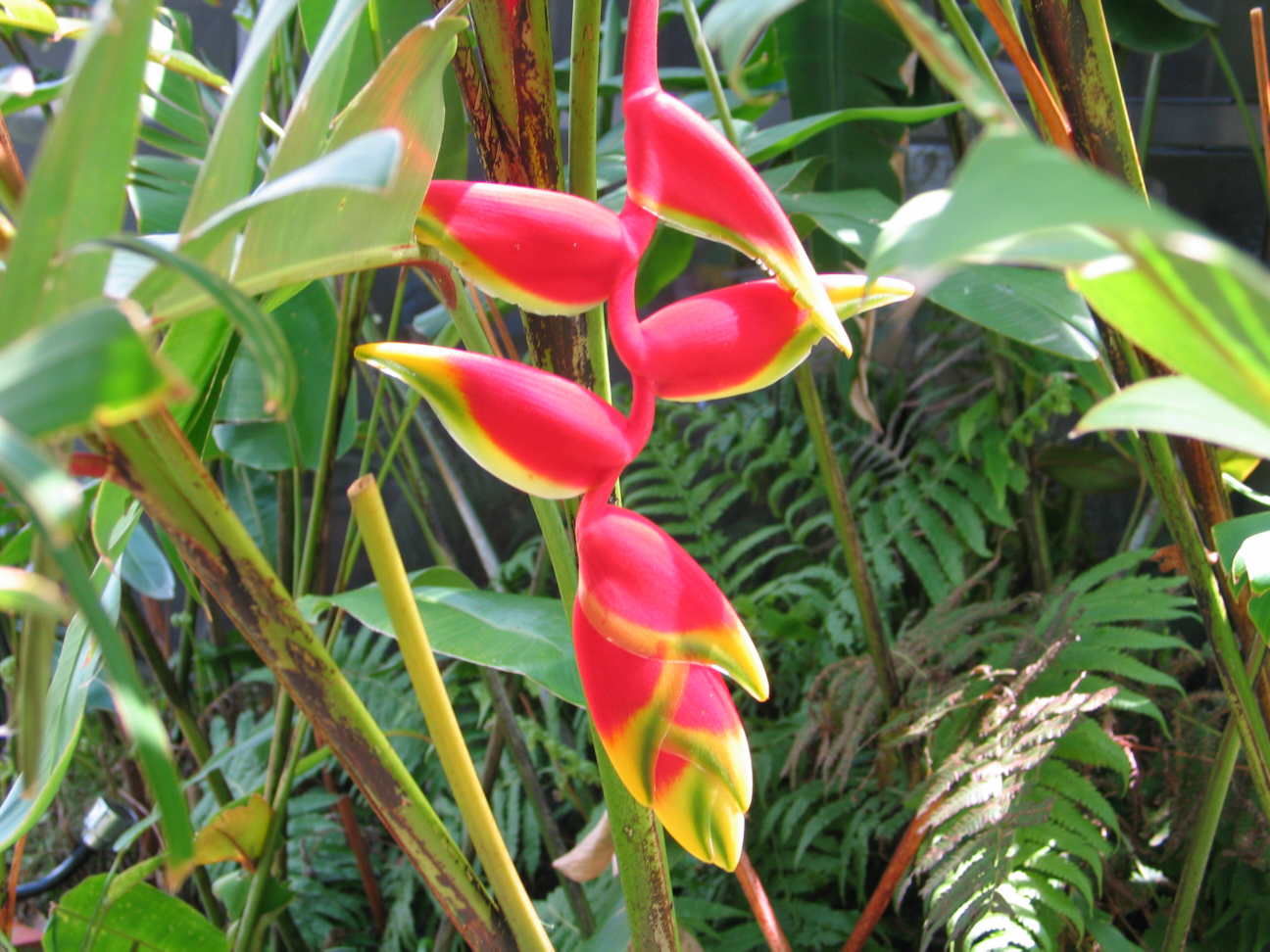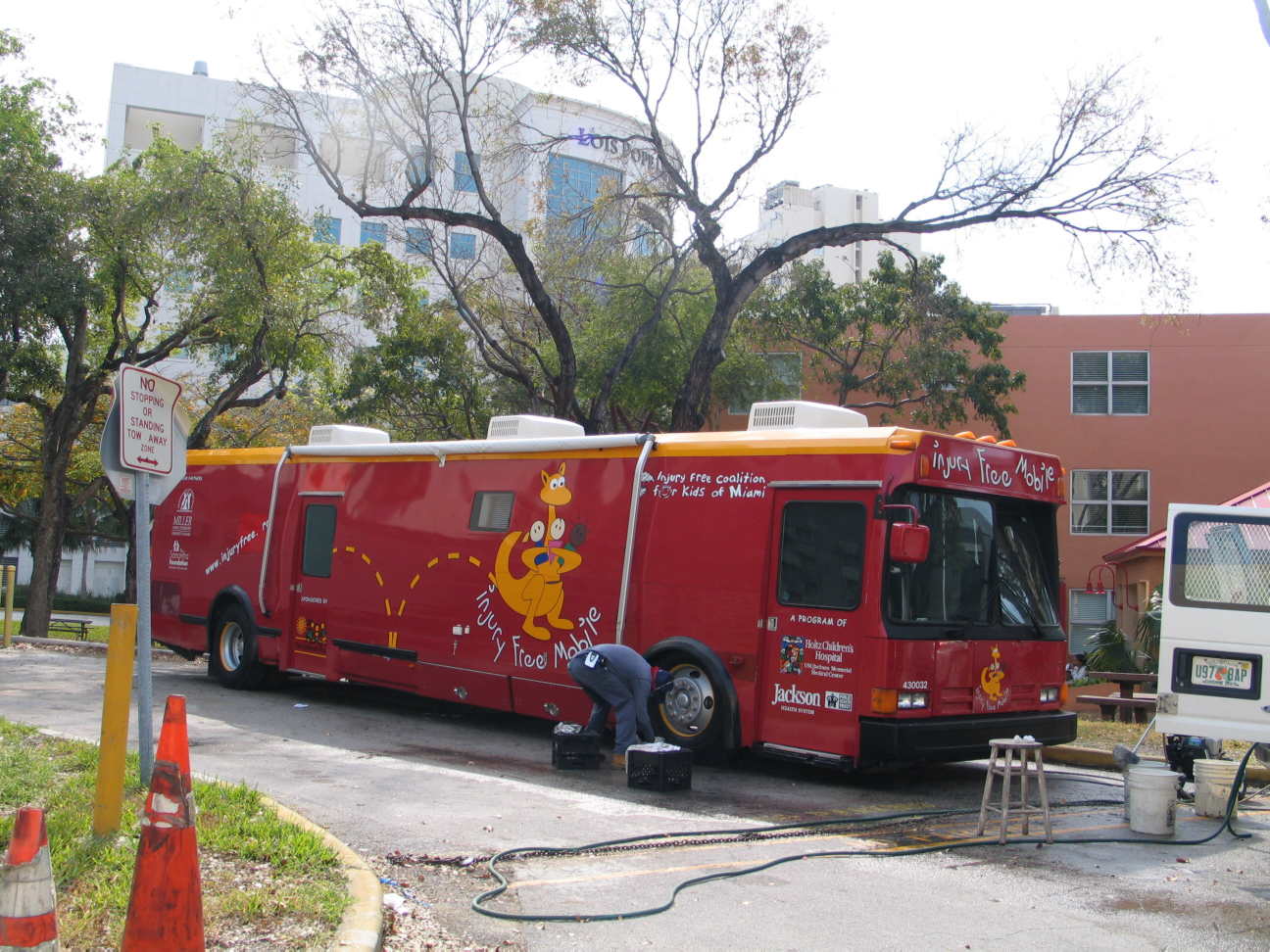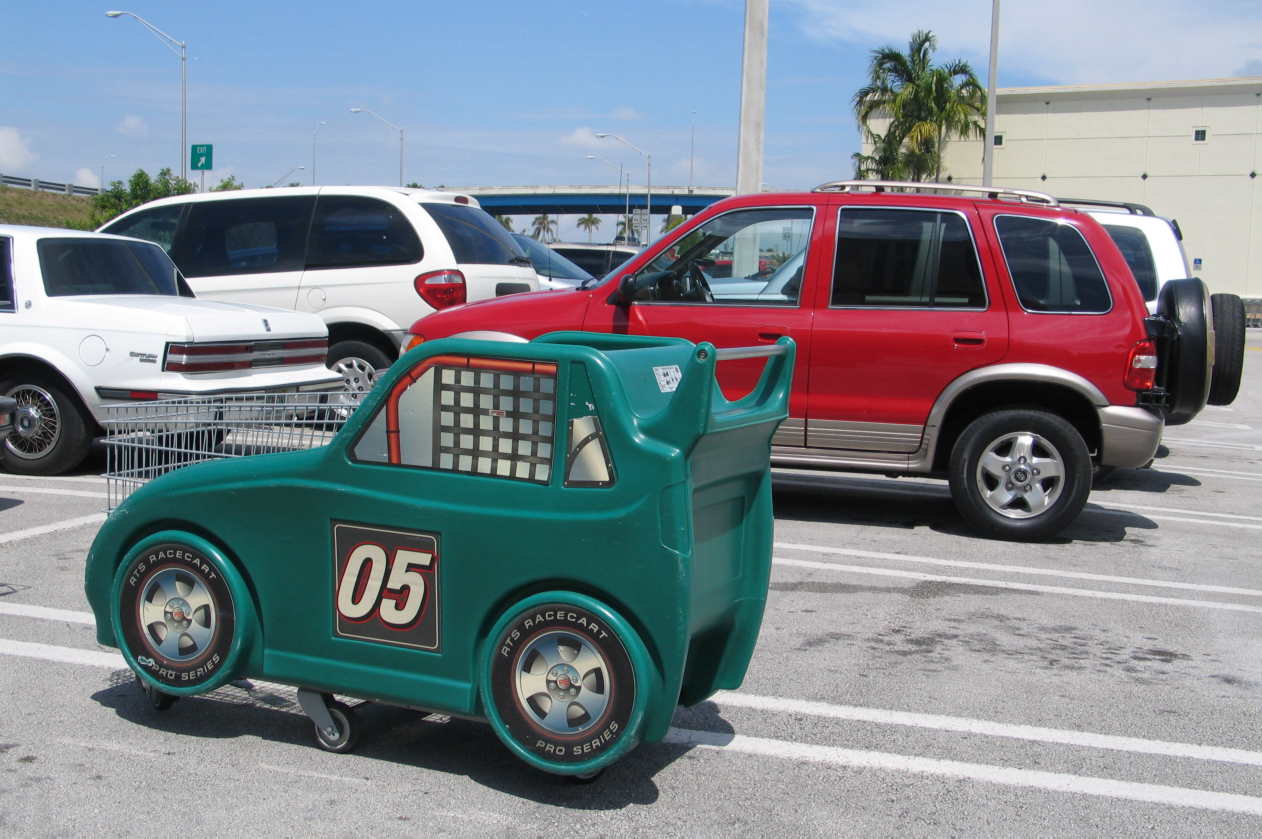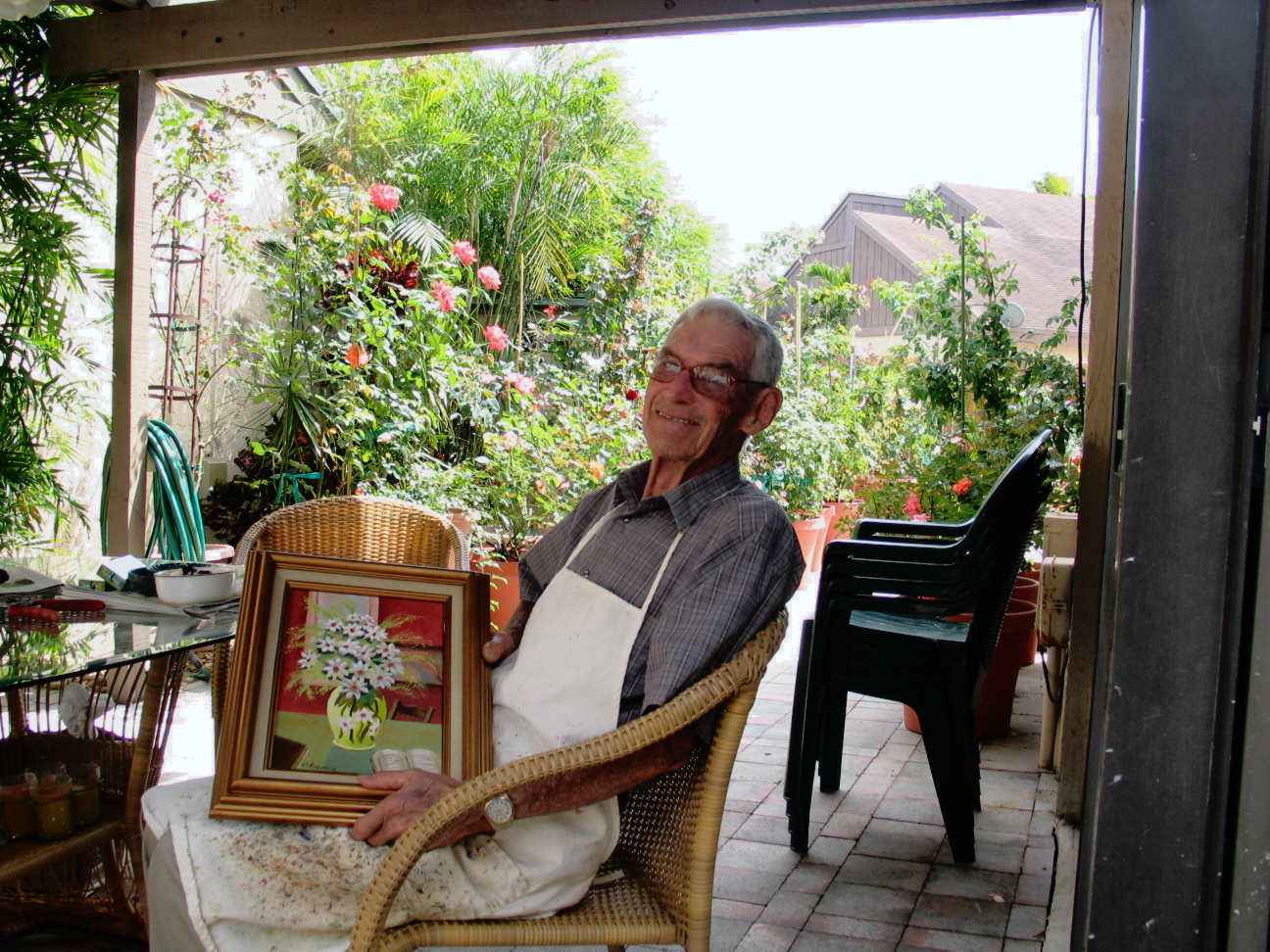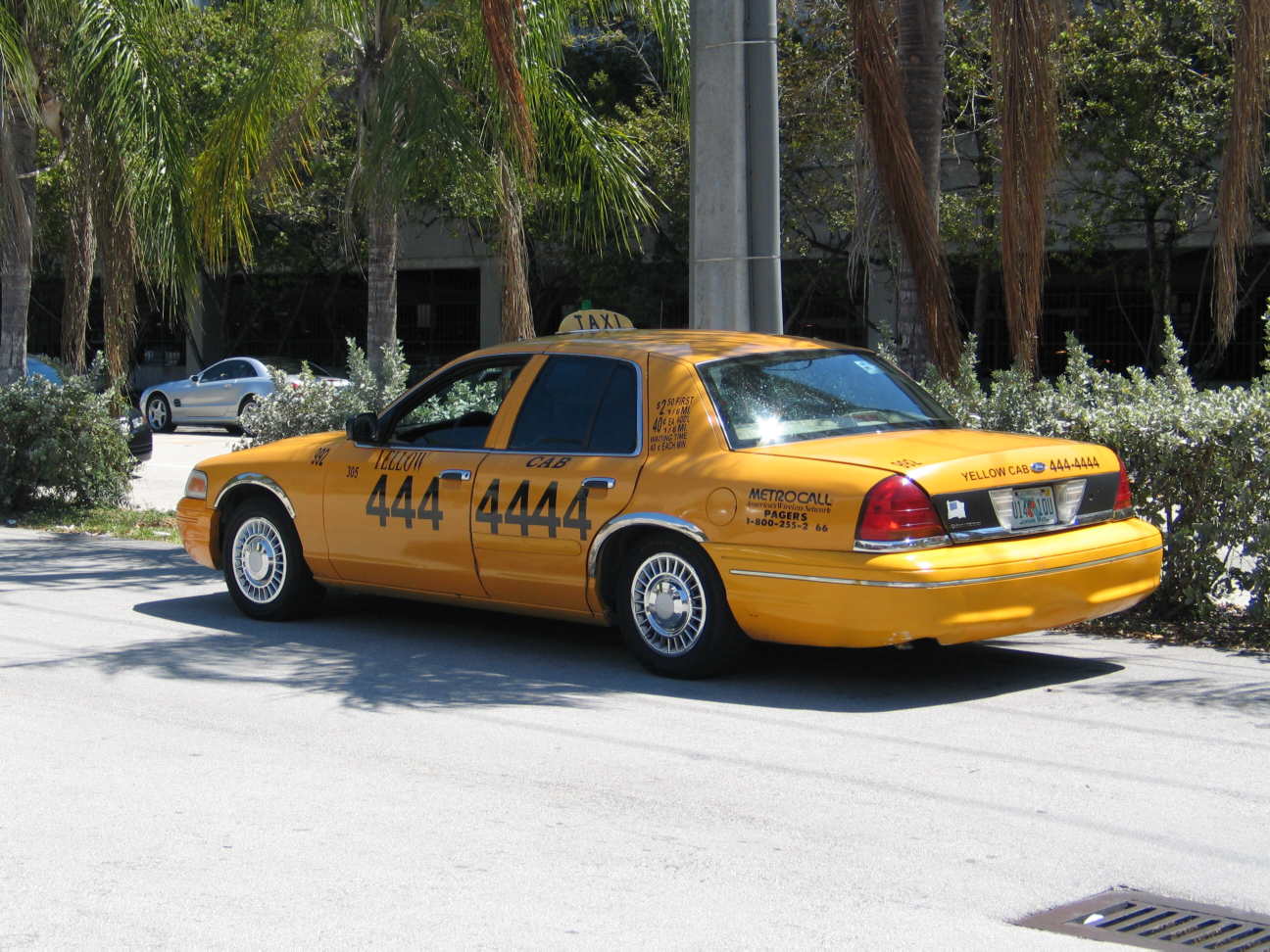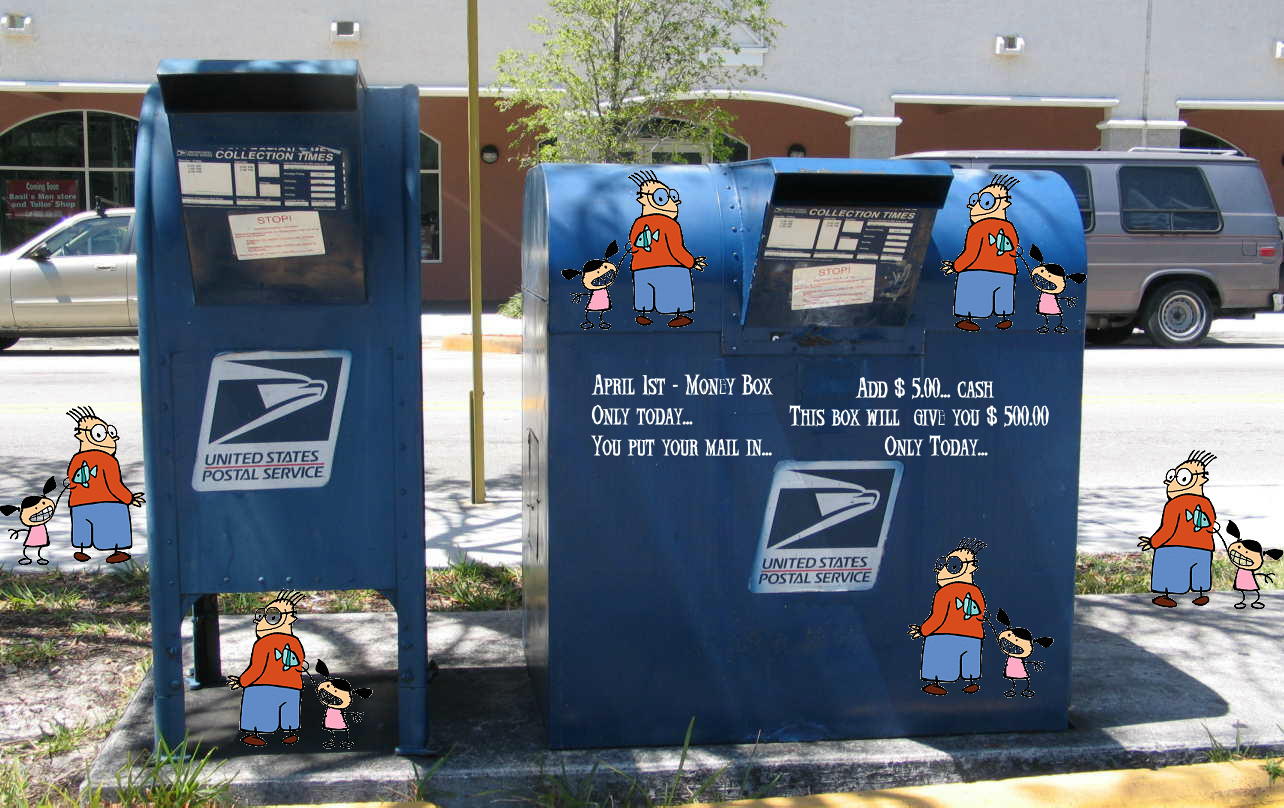The Surrinam Cherry (Eugenia Uniflora) is native from Surinam, Guyana and French Guiana to southern Brazil (especially the states of Rio de Janeiro, Paraña, Santa Catharina and Rio Grande do Sul), and to northern, eastern and central Uruguay. It grows wild in thickets on the banks of the Pilcomayo River in Paraguay. It was first described botanically from a plant growing in a garden at Pisa, Italy, which is believed to have been introduced from Goa, India. Portuguese voyagers are said to have carried the seed from Brazil to India, as they did the cashew. It is cultivated and naturalized in Argentina, Venezuela and Colombia; also along the Atlantic coast of Central America; and in some islands of the West Indies–the Cayman Islands, Jamaica, St. Thomas, St. Croix, Puerto Rico, Cuba, Haiti, the Dominican Republic, and in the Bahamas and Bermuda. In 1918, Britton wrote, in the Flora of Bermuda, that ".. . as it harbors the fruit fly, the tree has been largely cut out in recent years..." It is frequently grown in Hawaii, Samoa, India and Ceylon as an ornamental plant and occasionally in tropical Africa, southern China and in the Philippines where it first fruited in 1911. It was long ago planted on the Mediterranean coast of Africa and the European Riviera. The first Surinam cherry was introduced into coastal Israel in 1922 and aroused considerable interest because it produced fruit in May when other fruits are scarce, and it requires so little care; but over 10 years of observation, the yields recorded were disappointingly small.
In Florida, the Surinam cherry is one of the most common hedge plants throughout the central and southern parts of the state and the Florida Keys. The fruits are today mostly eaten by children. In the past, many people allowed the tree to grow naturally and harvested the fruits for culinary use. For a while, small quantities were sold in Miami markets. In temperate zones, the plant is grown in pots for its attractive foliage and bright fruits.
The fruits develop and ripen quickly, only 3 weeks after the flowers open. In Brazil, the plants bloom in September and fruits ripen in October; they bloom again in December and January. In Florida and the Bahamas, there is a spring crop, March or April through May or June; and a second crop, September through November, coinciding with the spring and fall rains.
Today's photo shows a huge Surinam cherry hedge that is trimmed frequently to form a huge wall which is the photo's background. The trees find a way to fight back all the trimming and here they show their determination to procreate and display beautiful fruits. Looking closely on the left side by enlarging the photo, you will see the white flowers coexisting with the fruits that are still in the unripe state.
